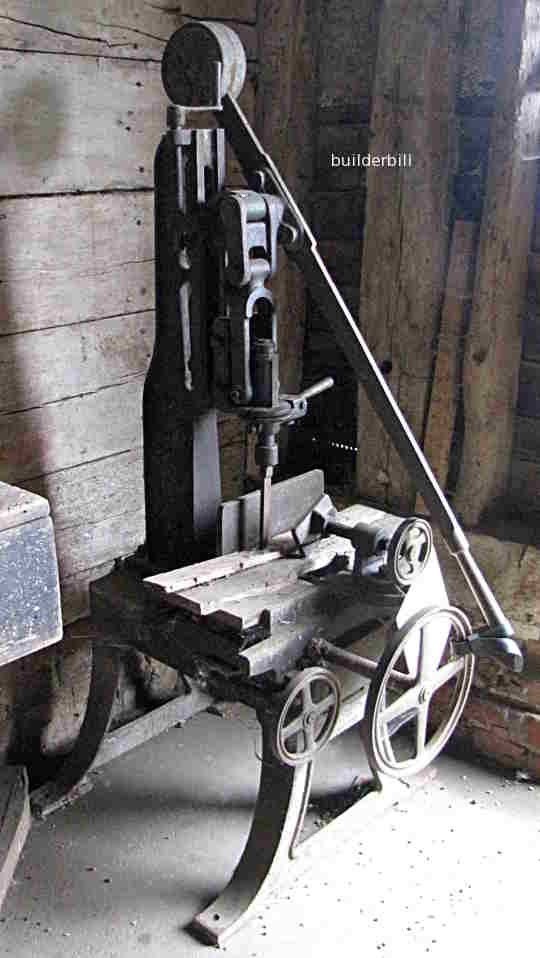jimi43":1mpb0w3w said:
....
Watching the video....(thanks Pete)....the angled slicing across the grain is shown and the small progression across the cavity is also shown...listen to the taps...no hefty bashes there and certainly nothing to cause the handle to split.
....
Jim
I wasn't at all impressed by the videos. No "technique" at all and quite wrong IMHO. Some deceptively soft wood!
You
do have to bash them hard, you
don't have to lever (except near the end with a bilnd mortice), you
don't do angle cuts - chisel should be vertical with every stroke.
PS and no you don't need to drill out first. It can make the work more difficult as the chisel tends to go off line. Though when you go above a bout 5/8" it gets to be hard work and a bit of pre drilling could be excused!





